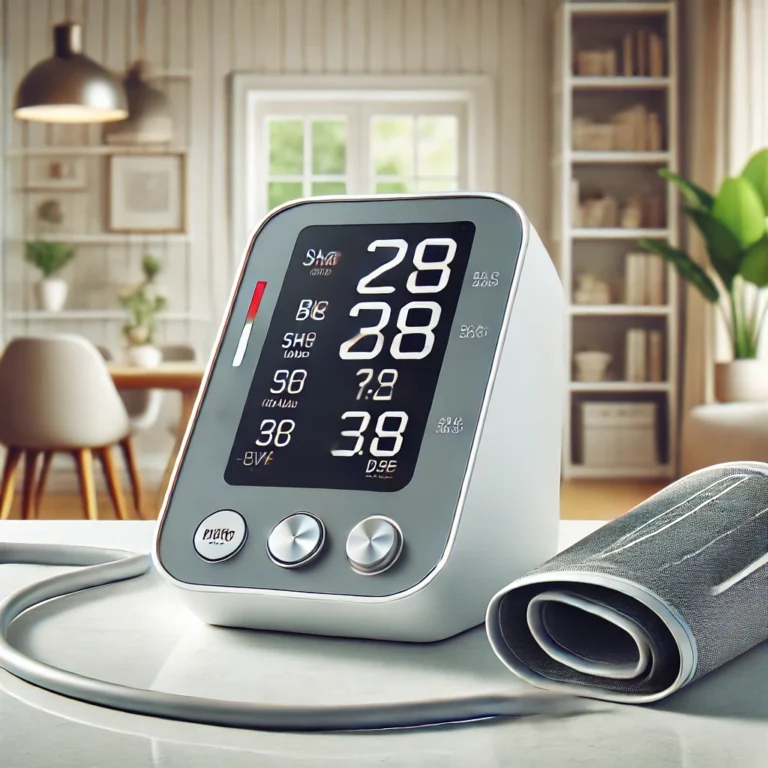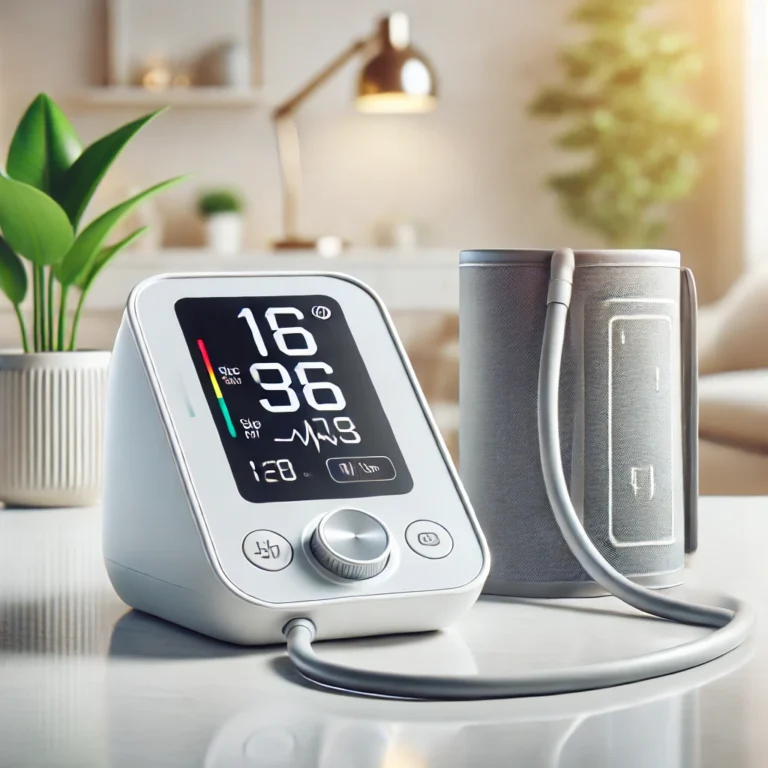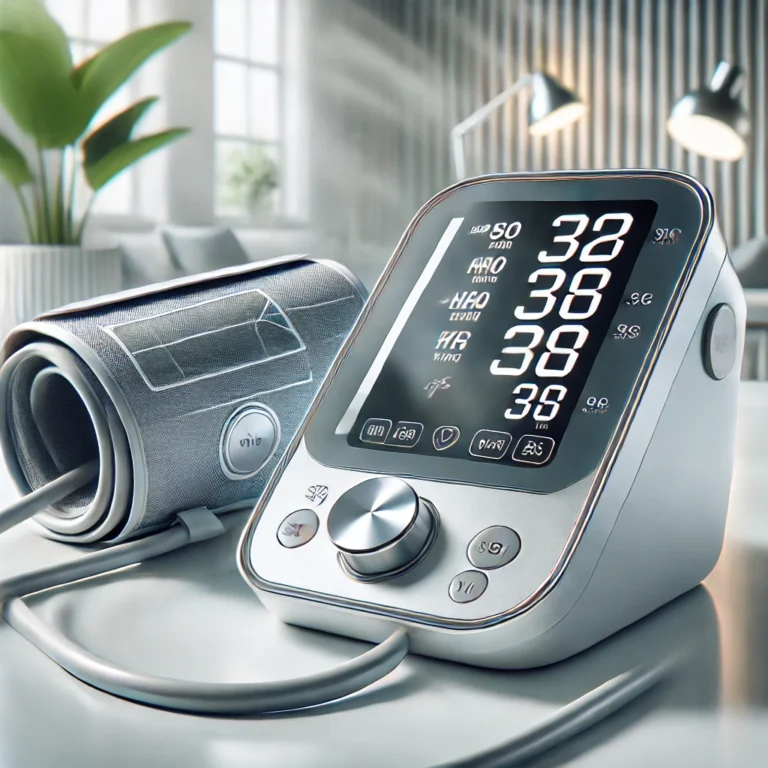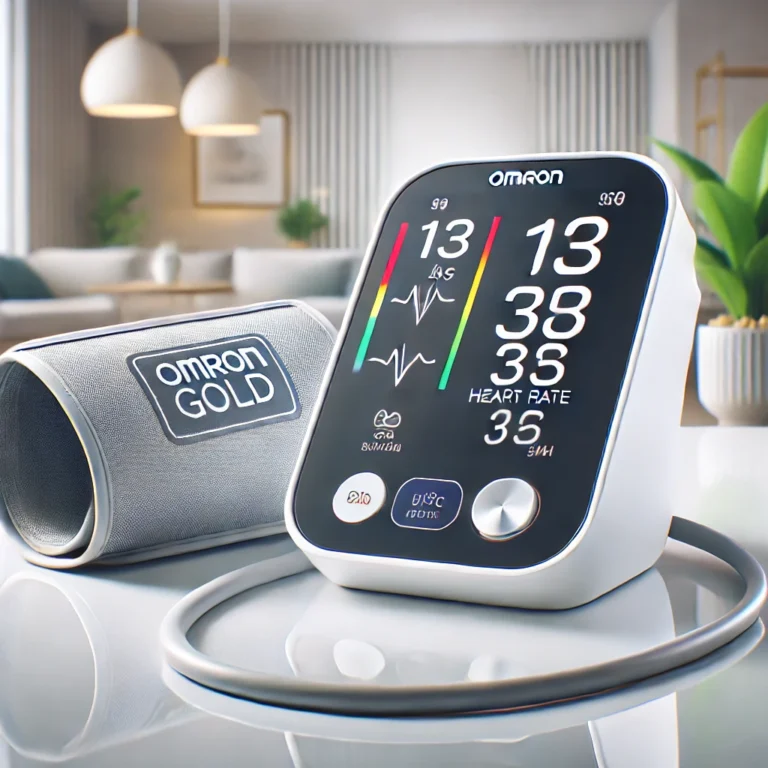The Vital Role of Blood Pressure Monitors in Managing Hypertension
Hypertension, or high blood pressure, is a significant health concern that requires diligent management to prevent severe complications. In today’s fast-paced world, where stress and unhealthy lifestyle habits are common contributors, having a reliable method to monitor your blood pressure at home is more important than ever. A home blood pressure monitor can be a game-changer, providing the tools to stay on top of your health. This guide explores why owning a blood pressure monitor is crucial for managing hypertension effectively and how it can positively impact your well-being.
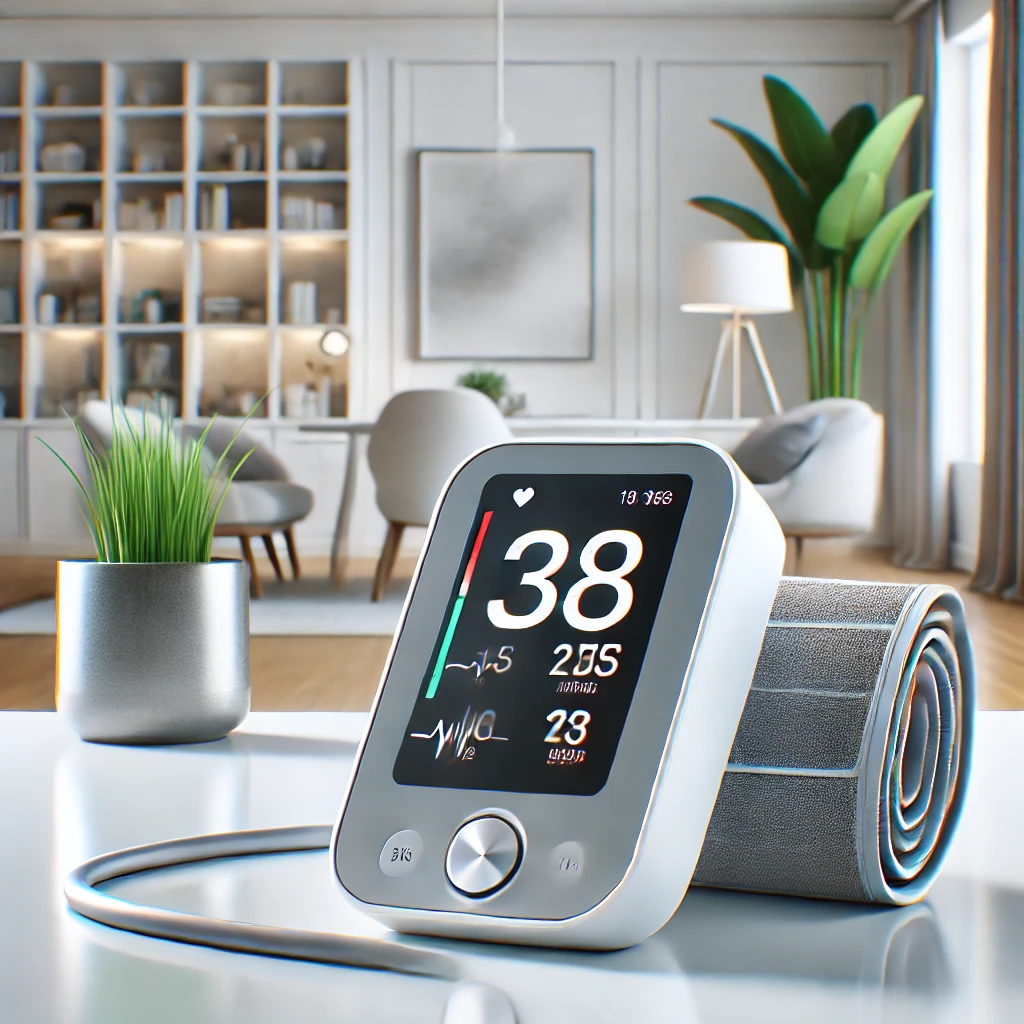
What Is Hypertension?
Before understanding the importance of blood pressure monitors, it’s essential to grasp what hypertension entails. Hypertension occurs when the force of blood against the walls of your arteries is consistently too high, often leading to severe health issues like heart disease, strokes, and kidney damage. Known as the “silent killer,” it frequently shows no symptoms for years, making regular monitoring essential for early detection and prevention.
Causes of Hypertension
Several factors contribute to high blood pressure, including:
- Genetics: A family history of hypertension increases your risk.
- Lifestyle: Poor diet (especially high in salt), lack of physical activity, and excessive alcohol consumption are major contributors.
- Stress: Chronic stress can cause sustained blood pressure elevation.
- Age: As you age, your blood vessels naturally become less flexible, raising your blood pressure.
Because these risk factors are common, monitoring blood pressure regularly is crucial to catch and manage any potential issues early.
Why a Blood Pressure Monitor Is Essential
For those managing hypertension, a home blood pressure monitor provides convenience, control, and peace of mind. Here are five key reasons why having one is essential:
1. Early Detection of Problems
Blood pressure levels can fluctuate due to factors such as diet, stress, and physical activity. A home monitor allows you to detect sudden spikes or drops and take timely action before they escalate into severe complications.
2. Convenient Monitoring
Monitoring your blood pressure in a relaxed, familiar environment can yield more accurate results than readings taken at a doctor’s office, where stress may elevate your levels (commonly known as “white-coat syndrome”).
3. Tracking Treatment Progress
If you are on medication or undergoing lifestyle changes for hypertension, regular readings at home can help you and your healthcare provider assess the effectiveness of your treatment and adjust it as needed.
4. Empowering Self-Management
Having a monitor at home gives you greater control over your health. By understanding your blood pressure trends, you can make informed decisions about your diet, exercise, and medication, leading to better overall management.
5. Preventing Serious Complications
Hypertension, if left unchecked, can lead to life-threatening complications like heart attacks and strokes. Regular monitoring ensures you stay informed and take action to prevent such risks.
How to Choose the Right Blood Pressure Monitor
Choosing the right monitor is essential for accurate readings and ease of use. Here are some key considerations:
1. Monitor Type
- Automatic (Digital): These monitors inflate automatically and provide digital readings, making them user-friendly for most people.
- Manual (Aneroid): Less common for home use, these require manual inflation and are best suited for trained users.
2. Cuff Size
Ensure the monitor includes a cuff that fits your arm size. A poorly fitting cuff can result in inaccurate readings. Most monitors come with standard sizes, but options for smaller or larger arms are available.
3. Ease of Use
Look for devices with simple interfaces, large displays, and clear instructions. Features like memory storage can help track readings over time.
4. Additional Features
Modern monitors often include advanced features like Bluetooth connectivity to sync data with apps, irregular heartbeat detection, and morning/evening averages for more detailed insights.
5. Clinical Validation
Ensure the monitor has been clinically validated for accuracy. This ensures the readings are reliable and trustworthy.
Proper Use of a Blood Pressure Monitor
Even the best blood pressure monitor requires proper usage to ensure accurate readings. Here’s how to use it effectively:
1. Prepare Correctly
- Sit quietly for at least five minutes before taking a reading.
- Avoid caffeine, alcohol, or exercise for at least 30 minutes beforehand.
2. Position Yourself Properly
- Sit in a chair with your back supported and feet flat on the floor.
- Place your arm on a flat surface at heart level, with the cuff wrapped snugly around your upper arm.
3. Take Multiple Readings
- Take two or three readings, spaced about one minute apart. Record the average for a more accurate result.
4. Maintain Consistency
- Measure your blood pressure at the same time each day, ideally in the morning when levels are typically higher.
Final Thoughts
Managing hypertension is achievable with the right tools and habits. A home blood pressure monitor is an invaluable resource, allowing you to monitor your condition, track treatment progress, and reduce the risk of serious complications. By staying informed and proactive, you can take control of your health and work towards a healthier future.
If you or a loved one is dealing with high blood pressure, investing in a high-quality blood pressure monitor is a simple yet impactful step toward better health. Regular use, combined with lifestyle changes and medical guidance, can make a significant difference in managing hypertension effectively.
Remember: Always consult your doctor about your readings and report any significant changes for professional evaluation and advice.
